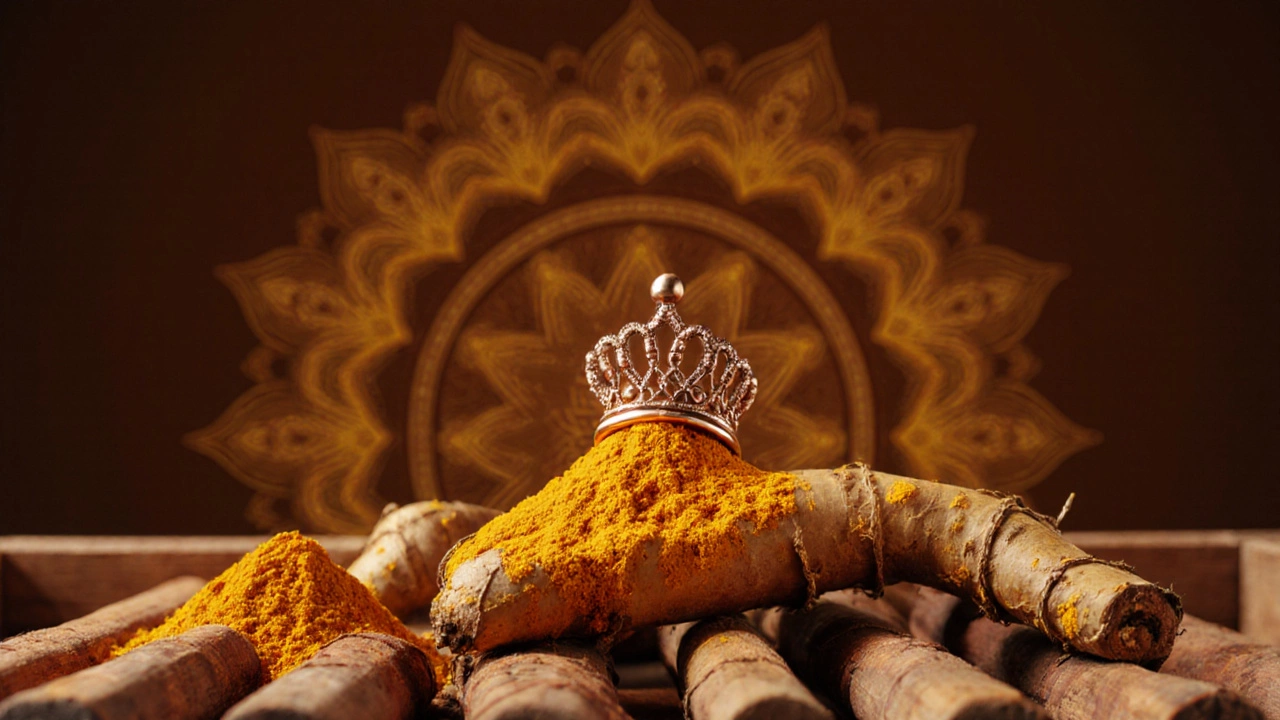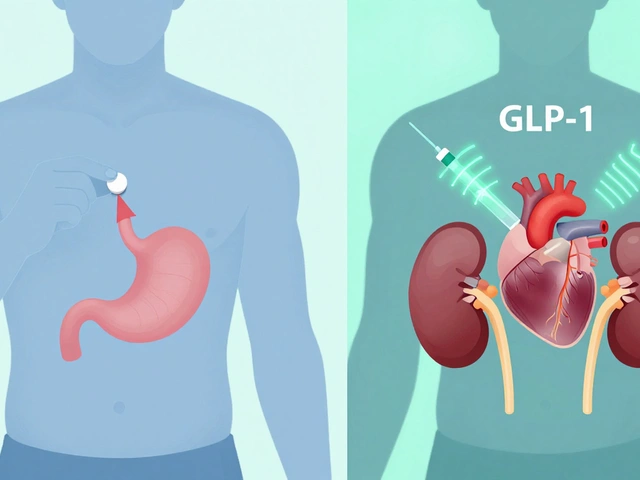Healing Herb: Benefits, Safety, and Real‑World Use
When talking about Healing Herb, any plant or natural extract used to improve health, reduce symptoms, or support recovery. Also known as herbal remedy, it plays a central role in traditional Indian medicine and modern wellness trends. Aloe vera, the succulent famous for soothing burns and moisturizing skin is a classic example that many readers already recognize. Ayurvedic herbs, such as ashwagandha, tulsi, and neem, form the backbone of ancient Indian healing systems illustrate how cultural knowledge shapes today’s supplement market. In practice, a healing herb encompasses natural compounds that can boost immunity, aid digestion, or calm inflammation. But it also requires proper dosage, reputable sourcing, and awareness of drug‑herb interactions. For instance, the same aloe gel that moisturizes skin can affect blood sugar levels when taken internally, influencing diabetes medication. Likewise, certain Ayurvedic herbs may amplify the effects of anticoagulants, raising bleeding risk. Understanding these relationships helps you enjoy the benefits without slipping into toxicity.
Key Safety Considerations and Common Misconceptions
The safety profile of any healing herb depends on three main attributes: active ingredient concentration, method of preparation, and individual health status. Concentration matters because extraction methods (raw leaf, juice, powder, or oil) change how much of the active compound you actually ingest. Preparation method matters since heat or fermentation can either degrade harmful substances or create new ones—think of how fermented turmeric extracts differ from raw powder. Individual health status matters because pre‑existing conditions, age, and current medications shape how a herb behaves in the body. A common myth is that “natural means safe.” Toxicology research in India shows that several traditionally used herbs contain alkaloids or heavy metals when grown in polluted soil, turning a healing agent into a poison. Another misconception is that all Ayurvedic supplements are regulated. In reality, quality control varies widely, and without third‑party testing you may be exposing yourself to contaminants. The best practice is to check for USP verification or similar standards, consult a qualified practitioner, and start with the lowest effective dose.
Our collection below pulls together articles that dive deep into these topics: from the science behind aloe vera’s skin‑healing powers, to a step‑by‑step guide on safely combining Ayurvedic and homeopathic medicines, and a clear checklist for choosing trustworthy herbal supplement brands in 2025. You’ll find practical tips on spotting red flags, real‑world examples of drug‑herb interactions, and evidence‑based advice on harnessing the benefits of healing herbs while staying clear of hidden risks. Ready to explore the full range of insights? Keep reading to arm yourself with the knowledge you need for safe, effective herbal use.

Turmeric: The King of Healing Herbs Explained
Discover why turmeric is called the king of healing herbs, its science-backed benefits, safe usage tips, and how it compares with other top herbs.

Understanding the Root of 90% of All Cancers
Feb, 27 2025

Unveiling the Risks of Herbal Supplements
Dec, 14 2024


